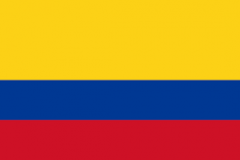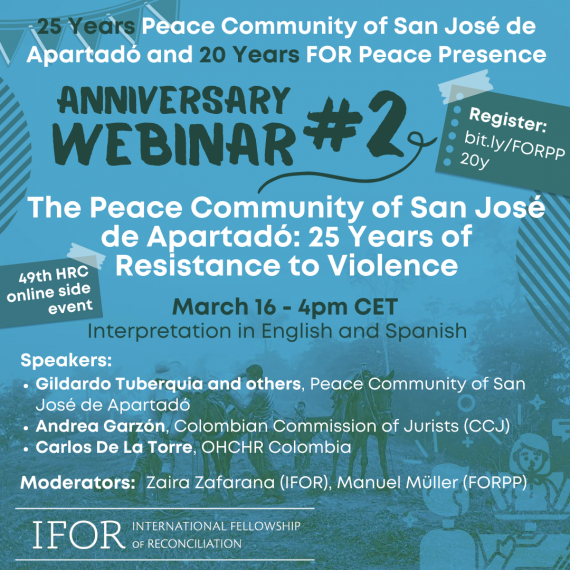sing pandemic-related border restrictions, the Biden administration this month launched a deportation operation to Colombia amid a sharp increase in arrivals of migrants from that country to the U.S.-Mexico border. Since the start of the campaign, which had not been previously reported, the U.S. has expelled several hundred Colombians under a border rule known as Title 42, which blocks migrants from seeking asylum due to public health concerns, the DHS officials said. The rule was first implemented by the Trump administration. Fourteen months in, the Biden administration has continued the Title 42 expulsions, arguing they remain necessary to reduce the transmission of COVID-19 inside border processing facilities. To date, U.S. officials have carried out 1.7 million expulsions under Title 42, over 70% of them under President Biden. In February, 9,600 Colombian migrants entered U.S. custody along the southern border, an all-time high, according to government data. In fiscal year 2022, which started last October, U.S. border officials have already processed 23,985 Colombians — a 287% increase from the previous fiscal year.
- Home
- About Us
- Issues
- Countries
- Rapid Response Network
- Young Adults
- Get Involved
- Calendar
- Donate
- Blog


